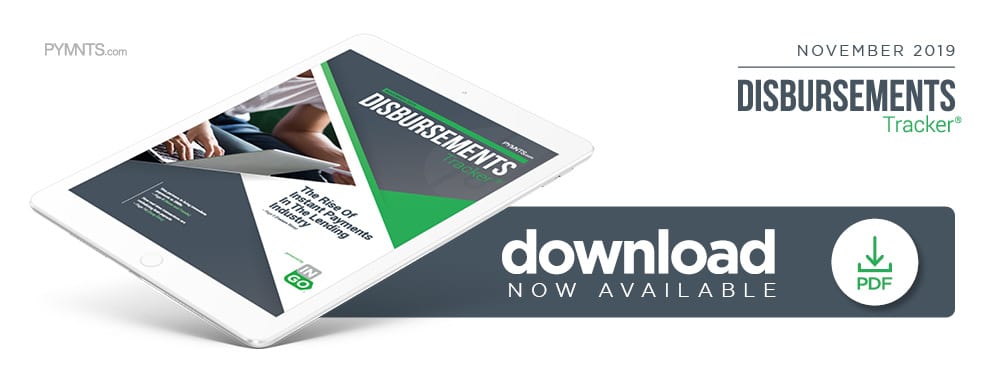Deep Dive: How Demand For Instant Payments Is Affecting Lending

Drafting, applying and being approved for loans can be complicated and drawn out processes for consumers and business owners alike. Borrowers must often complete hefty amounts of paperwork before they are approved, and payments disbursed via paper checks can add delays.
Lenders are under more pressure to meet expectations and compete as the demand for instant payouts grow, but delivering faster or instant loan disbursements is easier said than done. Lenders must balance delivering the speed consumers demand while offering stringent authentication measures.
Many lenders are relying on advanced learning technologies like artificial intelligence (AI) and machine learning (ML) to offer instant loan payments without compromising the review process. Such tools are being used to automate the development of risk profiles, identity verification and data analysis — areas that are key to ensuring quick and secure verification before funds are disbursed. However, implementing new technologies can be tricky for banks and lenders equipped with legacy payment infrastructures.
The following Deep Dive explores the complexities associated with speeding loan disbursements, and the numerous approaches financial institutions (FIs) utilize to solve these issues.
Instant Payment Challenges In Online Lending
Borrowers face two key stages in the lending process: getting approval for their loans and receiving the funds. Lenders must be equipped to tackle both areas if they wish to offer the instant experiences that consumers expect. Hastening the application review process, and offering instant payments, can be costly for FIs, though, especially those with legacy payment infrastructures.
Many legacy banks are tackling this issue by partnering with nimbler FinTech firms. ING Bank partnered with small business loan provider Kabbage to streamline the approval process for potential borrowers, for example. The collaboration leverages the latter’s infrastructure to authenticate applicants within 10 minutes, eliminating many common lending process frustrations. ING manages the remainder of the application process’ customer-facing aspects, keeping the loans on its own balance sheet.
Other FinTech firms and FIs have joined forces to create complete digital lending experiences, but stop short of offering instant payments because of infrastructure and cost limitations. For instance, KeyBank completed its acquisition of lender Laurel Road in April, but focused on streamlining the application process rather than payments. Legacy FIs like KeyBank often find it challenging to enable faster payments because of their old infrastructures, increasing regulatory complexities and growing security demands, which can complicate instant loan disbursements.
Navigating regulatory changes is particularly concerning for banks and lenders looking to provide instant payouts, as many regulations concern both consumer and business data security and privacy. Banks must ensure that they are properly verifying loan recipients’ identities in real time to maintain compliance. ING and Kabbage are tackling this by relying on another third-party player for customer onboarding, utilizing certification authority InfoCert for eSignature authentication and approval for their instant loan products.
Such siloed approaches still require upgraded payment infrastructures, as payments must reach customers within a few minutes. Consumers are growing unsatisfied with payment methods such as ACH, which deliver funds in a day or two. Lenders may need to find ways to assuage those frustrations as time goes on, which is why many are looking to more innovative payment models similar to those seen in person-to-person (P2P) payment apps.
The Digital Lending Approach And Real-Time Payments
Lenders need to juggle regulatory challenges and the need for speed to build lending experiences that offer instant payouts. Fraud is a growing concern for lending apps, however, as the real-time nature of instant loans can make it easier for fraudsters to capture funds and quickly disappear. Online lenders must, therefore, strike the right balance between security and seamlessness to offer user-friendly, safe and speedy lending processes.

